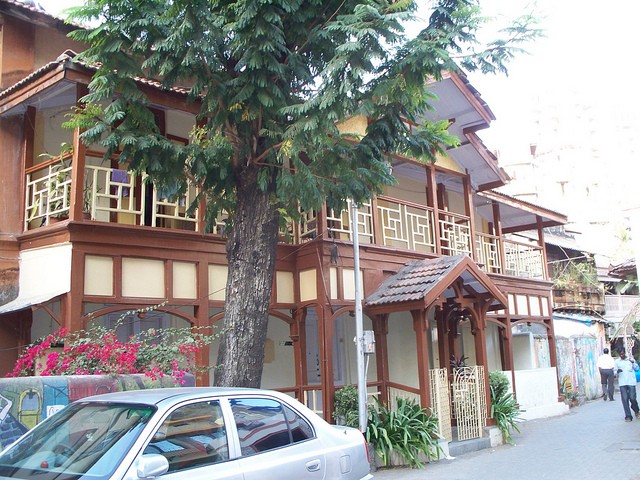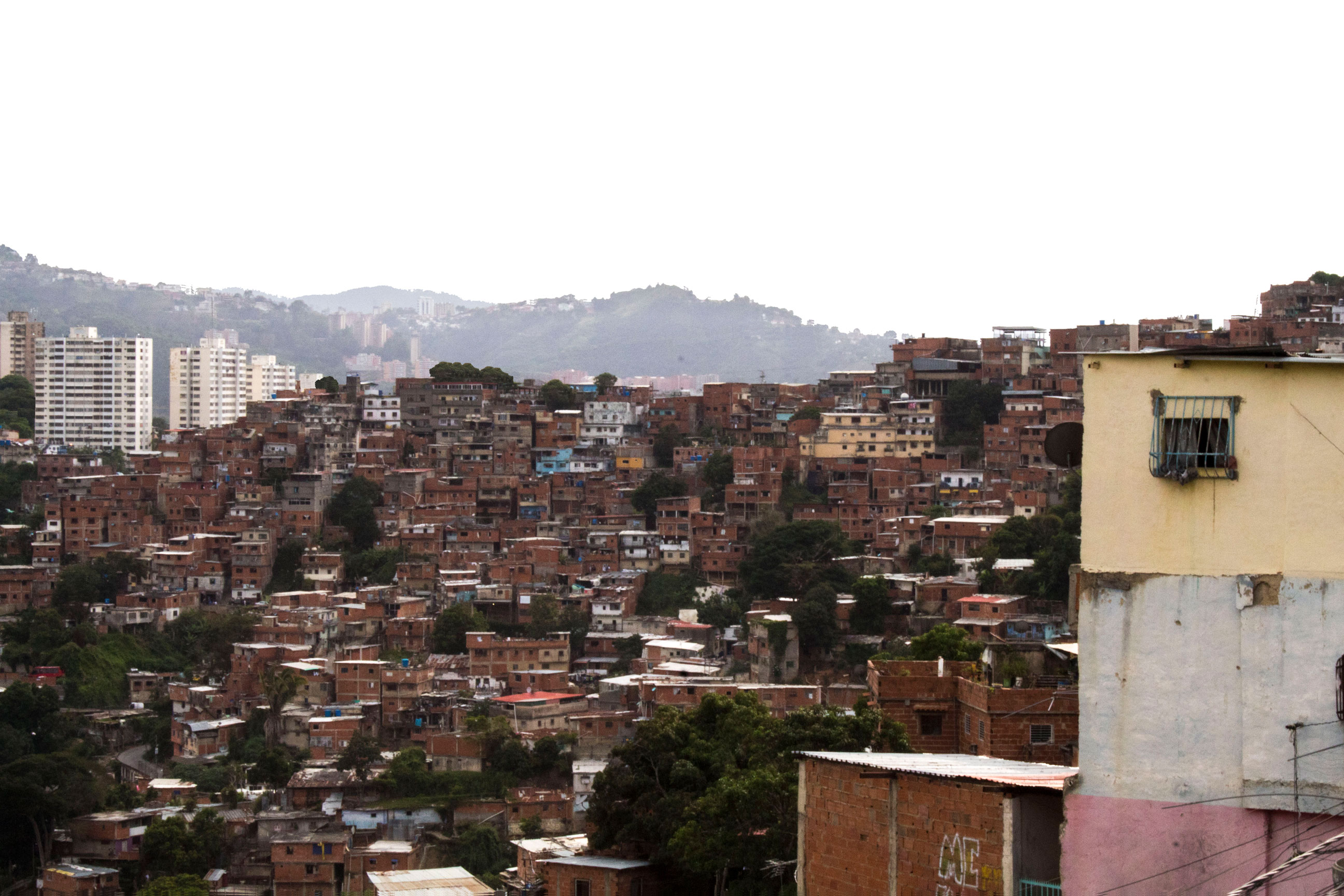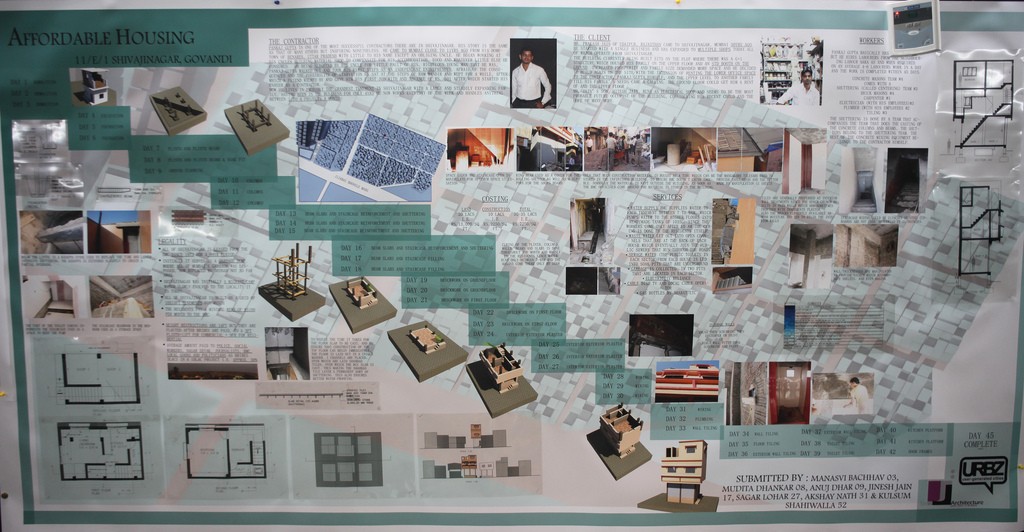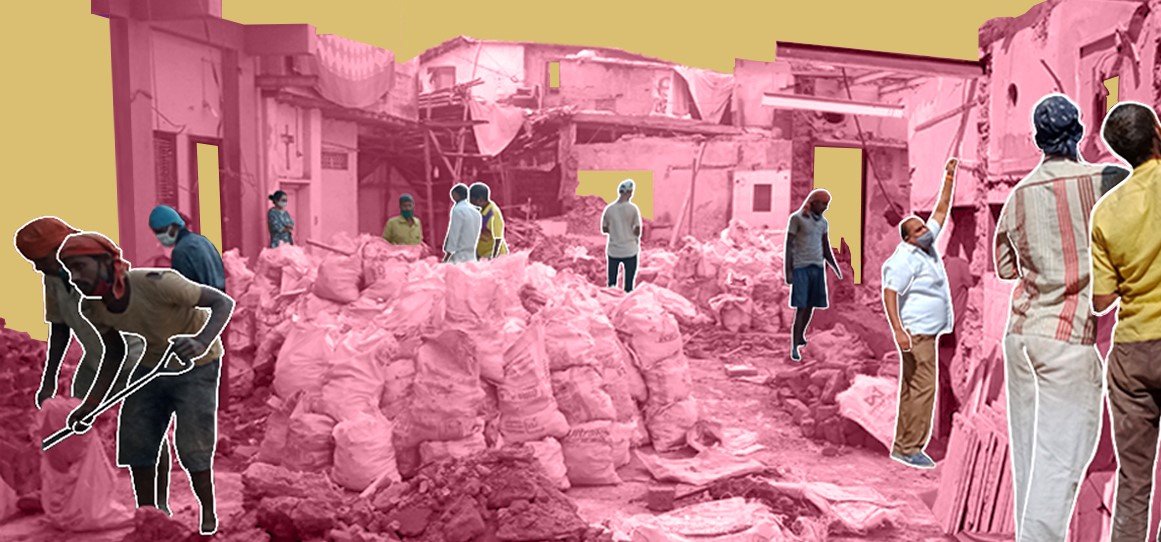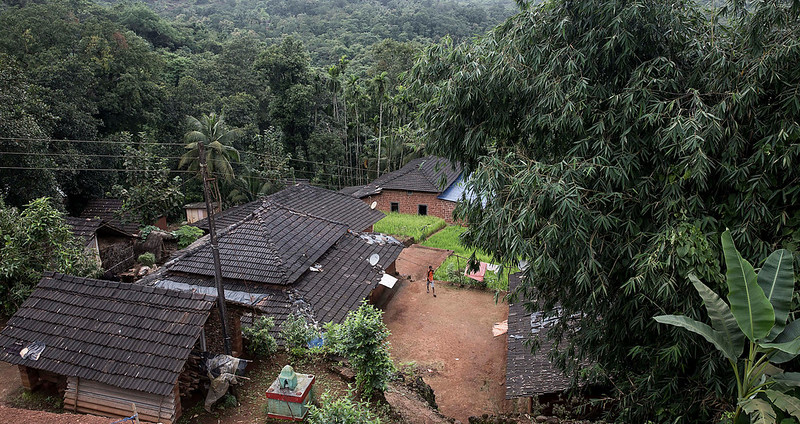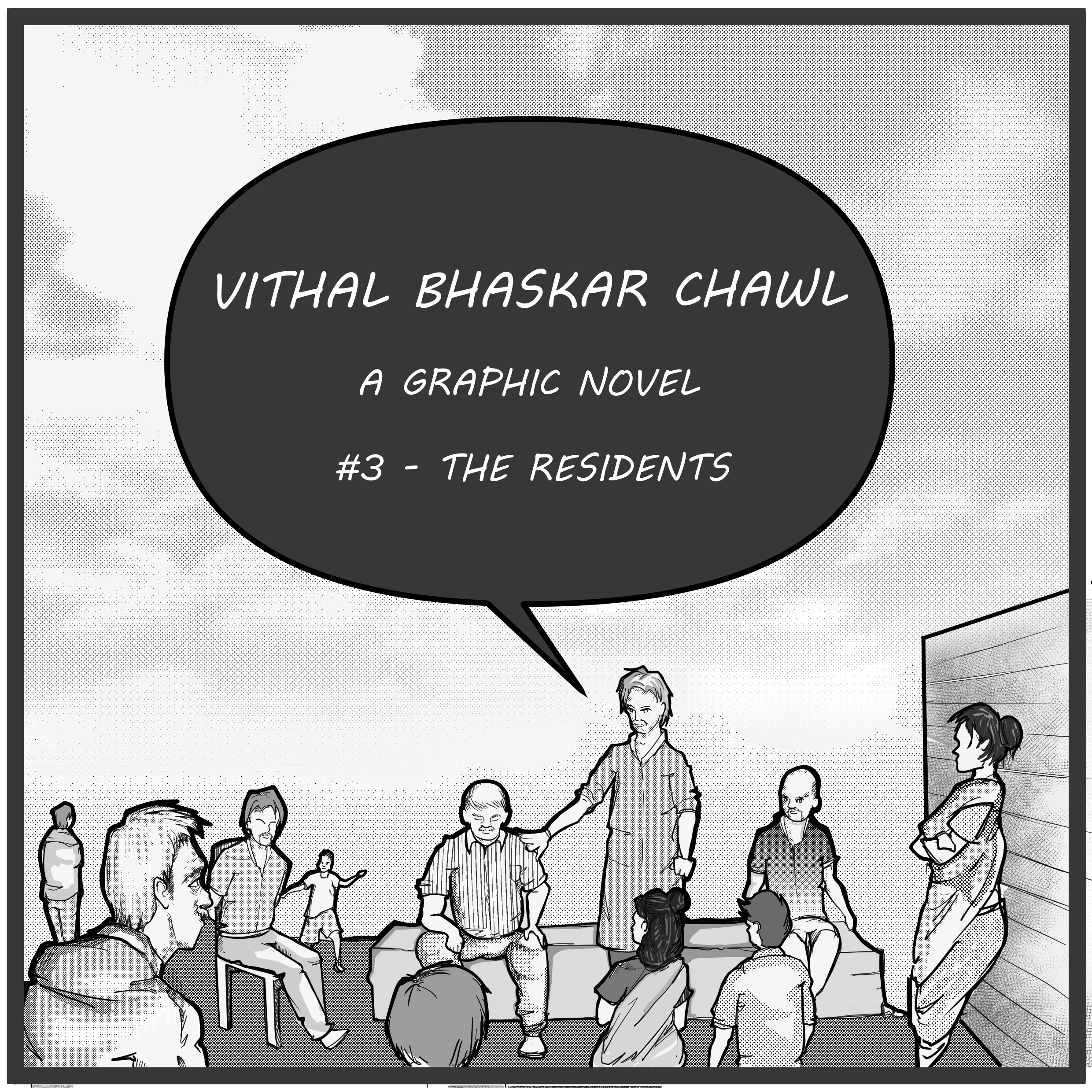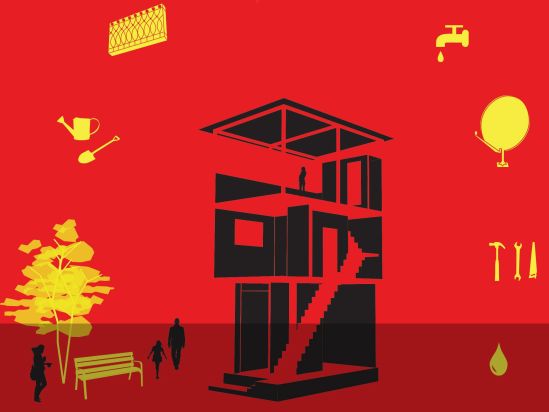Homegrown Affordable Housing
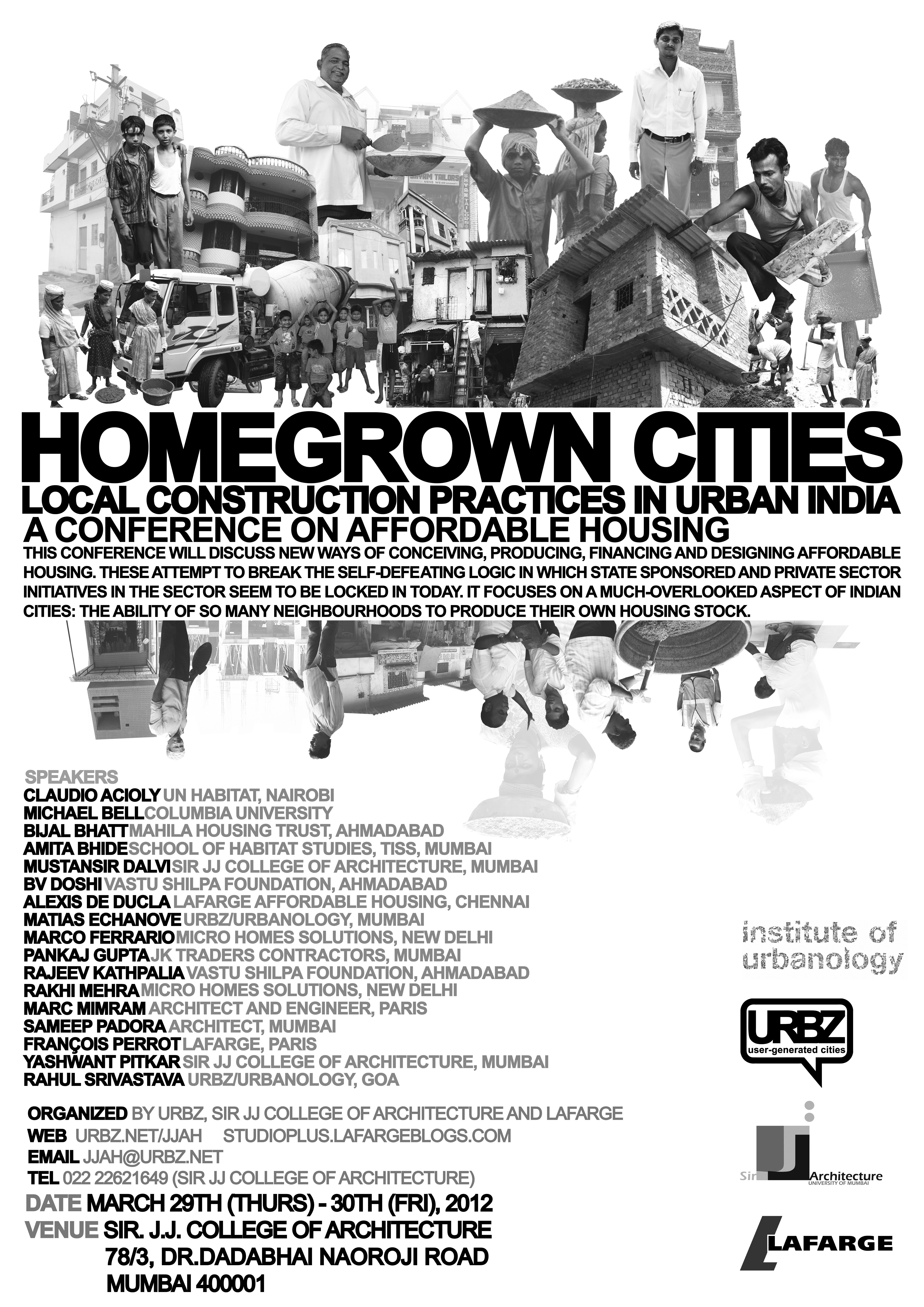
Homegrown Affordable Housing
This conference aims at expanding the scope of affordable housing initiatives in India. For the most, affordable housing has been seen as the result of state interventions responding to the needs of the urban poor. More recently, non-state actors (both profit driven and charitable) have entered the market for the provision of affordable housing. The government is now actively encouraging market driven interventions that cross-subsidize the construction of affordable housing stock.
The Slum Rehabilitation Scheme in Mumbai is an example of this approach where land is released from erstwhile occupied lands in officially designated ‘slums’ through relocating residents in vertical structures, while providing valuable “transferable building rights” to developers. In other cities developers are directly purchasing cheap land wherever possible and targeting new buyers from the lower middle-class sector who were so far unable to afford housing at market rates. There housing is made affordable by lowering construction costs, minimizing the footprint of individual units and scaling up the size of housing projects.
Yet, expectations are still far from being met, both in terms of quantity and quality of affordable housing. According to some projections India still needs 27 million more units, while managing to produce hardly 1 million in the past 10 years. This need is likely to grow to 35 million units by 2025. Even more dramatic is the poor quality of stock being produced today.
The logic that consists in making housing affordable by reducing the cost of construction has lead to all kinds of malpractices. After a few years in existence, affordable housing blocks typically start crumbling down, leading to rising maintenance cost and lowering real estate value. Very soon they look and function worse than those they were meant to replace, and ready to be redeveloped themselves.
Between 1997 and 2002, the government and the builders built 500 000 houses in urban India, when in the same time, people built 8.5 million units in so-called “slums”. This conference will discuss new ways of conceiving, producing, financing and designing affordable housing, which break the self-defeating logic in which affordable housing seems to be locked in today. It focuses on a much-overlooked aspect of Indian cities: the ability of so many neighbourhoods to produce their own homes.
The so-called slums of the city are in many ways attempts at increasing affordable housing units through a different construction and financial system. Of course the discussions will take into consideration many dimensions – legal, political and economic – but also issues of design, the history of urban planning, twentieth century visions of modern cities and other rarely discussed concerns that are pertinent to a critical and effective policy on and practice about affordable housing.
The conference builds on weeks of pedagogic exchanges with students of the Sir J.J. College of Architecture, URBZ, leading practitioners from India and abroad, and local contractors and masons. They have documented existing construction practices in the neighbourhoods of Shivaji Nagar -Govandi, Bhandup and Dharavi and evolved their own visions through this learning experience. The students’ work that will be exhibited and presented during the conference, includes an in-depth understanding of the local construction processes and examines physical construction and financial sustainability.
This study opens up the possibility of re-looking at affordable housing in a manner that transcends, statist, private sector and market driven approaches and strives for a realistic and more effective model based on user’s involvement, community networks and local economic dynamics. Can we develop new models? Think out of the box? Support effective affordable housing initiatives as they are already unfolding in our shadow cities? We hope the conference starts asking – and answering – such questions towards this end.
